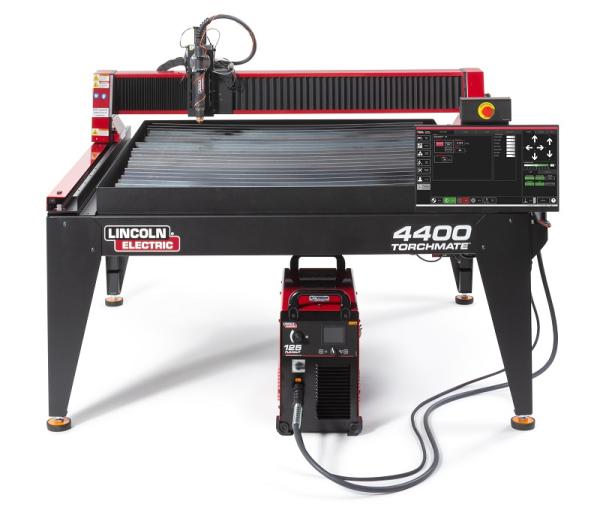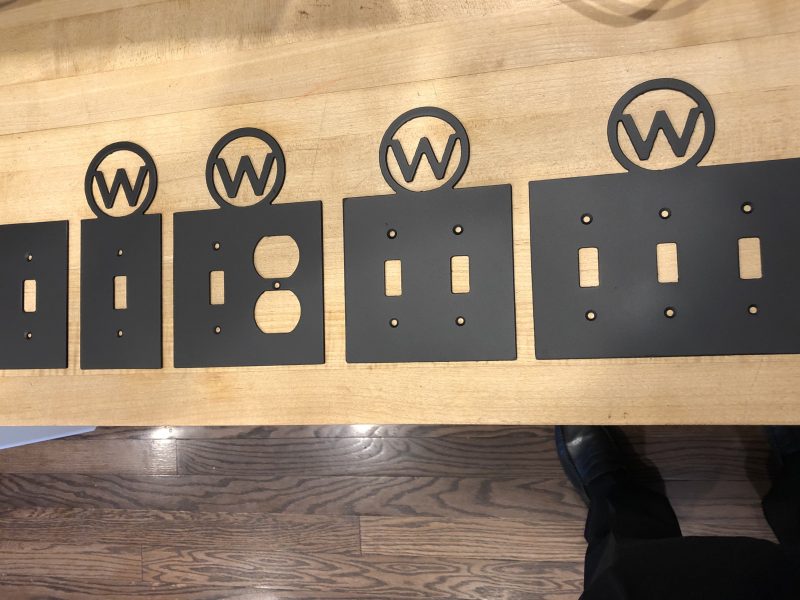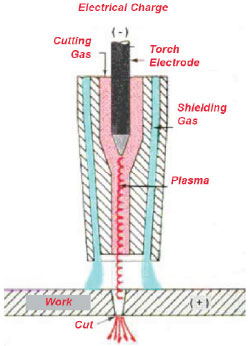If you’re planning to build your own CNC plasma table, one of the most critical components you’ll need is a stepper motor. But what size stepper motor should you choose? This decision can be overwhelming, especially if you’re new to the world of CNC.
In this article, we’ll break down the factors you should consider when selecting a stepper motor for your plasma table. We’ll discuss the relationship between motor size and torque, how to determine the weight of your cutting head, and other important considerations. By the end, you’ll have a better understanding of what size stepper motor is right for your CNC plasma table project.
What Size Stepper Motor for CNC Plasma Table?
When it comes to building a CNC plasma table, one of the most important components is the stepper motor. The stepper motor is responsible for controlling the movement of the plasma torch, and the size of the motor you choose will have a big impact on the performance of your machine. In this article, we’ll take a look at what size stepper motor you should choose for your CNC plasma table.
Understanding Stepper Motors
Before we dive into the specifics of choosing a stepper motor for your plasma table, it’s important to have a basic understanding of how stepper motors work. Stepper motors are a type of motor that moves in small, precise steps. Unlike traditional motors that spin continuously, stepper motors move in small increments, making them ideal for precision applications like CNC machines.
There are several factors that determine the size of a stepper motor, including the torque and speed of the motor. Torque is the force that the motor generates, while speed is the rate at which the motor turns.
Choosing the Right Size Stepper Motor
When it comes to choosing the right size stepper motor for your CNC plasma table, there are several factors to consider. One of the most important factors is the size of your table. Larger tables will require larger motors to ensure that the torch can move smoothly and accurately across the entire surface.
Another factor to consider is the thickness of the material you’ll be cutting. Thicker materials will require more torque to cut through, so you’ll need to choose a motor with a higher torque rating.
Finally, you’ll need to consider the speed at which you want your plasma table to operate. If you’re looking for faster cutting speeds, you’ll need to choose a motor with a higher speed rating.
Benefits of Choosing the Right Size Stepper Motor
Choosing the right size stepper motor for your CNC plasma table can have a big impact on the performance of your machine. By choosing a motor that is properly sized for your table and cutting needs, you can ensure that your machine operates smoothly and accurately.
One of the biggest benefits of choosing the right size stepper motor is improved cutting accuracy. Stepper motors are able to move in small, precise increments, which means that your plasma torch will be able to follow your cutting path more accurately.
Another benefit of choosing the right size stepper motor is improved cutting speed. By choosing a motor with a higher speed rating, you can reduce the time it takes to cut through your material, which can increase your productivity and profitability.
Choosing the Right Stepper Motor Vs Servo Motor
In addition to stepper motors, another option for controlling the movement of your plasma torch is a servo motor. While servo motors are generally more expensive than stepper motors, they offer several advantages.
One of the main advantages of servo motors is their ability to operate at higher speeds and with higher torque ratings. This means that they can cut through thicker materials more easily and quickly than stepper motors.
Another advantage of servo motors is their ability to provide more accurate positioning. Servo motors use feedback control to ensure that they are moving to the correct position, which means that they can provide more precise cuts than stepper motors.
However, servo motors are generally more expensive than stepper motors, which can make them less cost-effective for smaller CNC plasma tables.
Conclusion
Choosing the right size stepper motor for your CNC plasma table is critical for ensuring that your machine operates smoothly and accurately. When choosing a motor, be sure to consider the size of your table, the thickness of the materials you’ll be cutting, and the speed at which you want your machine to operate.
While servo motors can offer some advantages over stepper motors, they are generally more expensive and may not be necessary for smaller CNC plasma tables. By choosing the right size stepper motor for your needs, you can ensure that your machine operates at peak performance and helps you produce high-quality cuts every time.
Frequently Asked Questions
Here are some commonly asked questions about selecting the right size stepper motor for your CNC plasma table:
What Size Stepper Motor Do I Need for My CNC Plasma Table?
The size of the stepper motor you need for your CNC plasma table depends on several factors, including the size of your table, the weight of your cutting head, and the thickness of the material you plan to cut. In general, you’ll need a stepper motor with enough torque to move the cutting head at the desired speed without stalling or skipping steps.
It’s always a good idea to consult the manufacturer’s recommendations for your specific plasma table model. You can also use online calculators to estimate the required torque for your application based on the motor’s size, speed, and load.
What Are the Different Types of Stepper Motors for CNC Plasma Tables?
There are two main types of stepper motors used for CNC plasma tables: NEMA 17 and NEMA 23. NEMA 17 motors are smaller and less powerful, while NEMA 23 motors are larger and more powerful. The choice between the two depends on the size and weight of your cutting head and the thickness of the material you plan to cut.
In addition to the size, you’ll also need to consider the number of steps per revolution, the holding torque, and the rated current of the motor. These specifications will determine the motor’s performance and compatibility with your plasma table control system.
How Do I Calculate the Torque Required for My Stepper Motor?
To calculate the torque required for your stepper motor, you’ll need to know the weight of your cutting head, the acceleration and deceleration rates, and the maximum speed you want to achieve. You’ll also need to consider the friction and resistance of your plasma table’s moving parts.
Once you have these values, you can use an online calculator or a formula to determine the required torque. Keep in mind that the torque required will vary depending on the position of the cutting head and the thickness of the material being cut.
What Happens if I Choose the Wrong Size Stepper Motor?
If you choose a stepper motor that’s too small for your plasma table, it may not be able to move the cutting head at the desired speed, resulting in poor cut quality and accuracy. The motor may also stall or skip steps, which could damage the workpiece or the machine.
If you choose a stepper motor that’s too large, you may end up paying more than necessary for a motor that’s more powerful than you need. The motor may also be heavier and more cumbersome to install and operate.
Can I Upgrade the Stepper Motor on My CNC Plasma Table?
Yes, you can upgrade the stepper motor on your CNC plasma table if you find that the current motor is not meeting your needs. However, you’ll need to ensure that the new motor is compatible with your control system and that it has the required specifications for your application.
You may also need to adjust the settings on your control software to optimize the performance of the new motor. It’s always a good idea to consult with a professional or the manufacturer before making any upgrades or modifications to your plasma table system.
In conclusion, choosing the right size stepper motor for your CNC plasma table is crucial for its performance and longevity. With proper research and consideration of your specific needs, you can find the perfect fit for your machine.
When selecting a stepper motor, it’s important to take into account the torque required for your table’s specific application. This will ensure that your motor can handle the workload and prevent any issues down the line.
Additionally, make sure to choose a motor that is compatible with your controller and power supply. This will ensure smooth operation and prevent any electrical issues. By following these guidelines, you can confidently select the appropriate size stepper motor for your CNC plasma table and achieve optimal results.
Request a quote today!
[contact-form-7 id="1578" title="Contact form"]
Please compress the file into a ZIP or RAR file before uploading. Alternatively, send through your RFQ by email.
enquires@unitymanufacture.com





